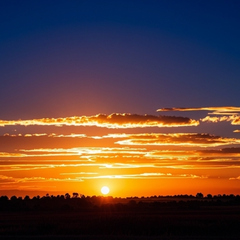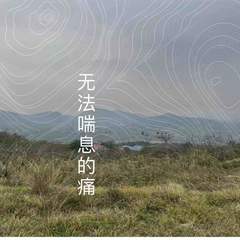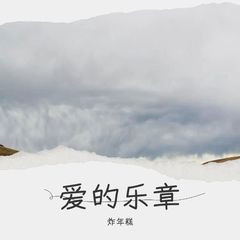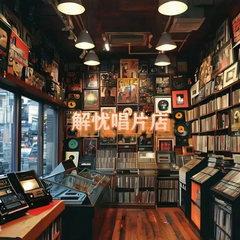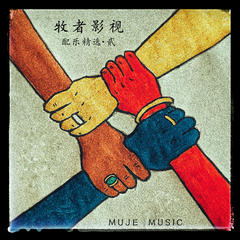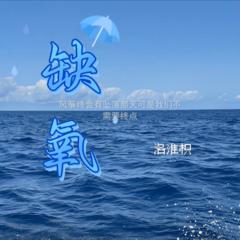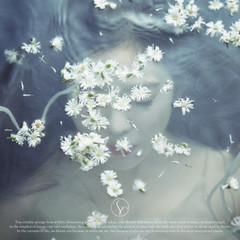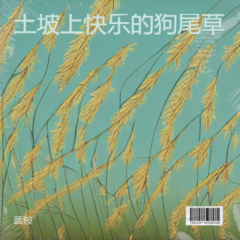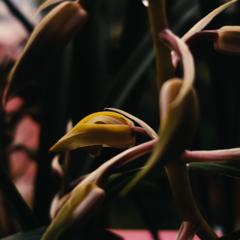Buddy Guy
Buddy Guy是在B.B. King后的下一位“布鲁斯之王”。他的吉他风格在B.B. King的诗一般的揉弦、推弦基础上,又增加了后现代布鲁斯的狂热。Jmimi Hendrix和Jeff Beck都承认他们在音乐上深深地受到了B.B. King的影响,Eric Clapton也称B.B. King是“最伟大的布鲁斯演奏者”。事实上,在当今的乐手中,很少有人能演奏出象B.B. King所演奏的饱含情感的吉他solo。Buddy Guy每一首作品都有着核爆炸音一般的布鲁斯的痛苦和力量,guy说他的这股力量源引自hendrix 和guitar slim。对某些纯布鲁斯论者来说,Buddy Guy有些专辑或许有些太重太摇滚了,但是没有人能否认他的吉他演奏才能。2004年Buddy Guy勇夺第46届格莱美最佳传统蓝调专辑奖。也许在这口水歌曲泛滥的年代,听这种最原始、最纯净的原声布鲁斯音乐会是另外一种享受。Hes Chicagos blues king today, ruling his domain just as his idol and mentor Muddy Waters did before him. Yet there was a time, and not all that long ago either, when Buddy Guy couldnt even negotiate a decent record deal. Times sure have changed for the better — Guys first three albums for Silvertone in the 90s all earned Grammys. Eric Clapton unabashedly calls Buddy Guy his favorite blues axeman, and so do a great many adoring fans worldwide. High-energy guitar histrionics and boundless on-stage energy have always been Guy trademarks, along with a tortured vocal style thats nearly as distinctive as his incendiary rapid-fire fretwork. Hes come a long way from his beginnings on the 1950s Baton Rouge blues scene — at his first gigs with bandleader Big Poppa John Tilley, the young guitarist had to chug a stomach-jolting concoction of Dr. Tichenors antiseptic and wine to ward off an advanced case of stage fright. But by the time he joined harpist Raful Neals band, Guy had conquered his nervousness. Guy journeyed to Chicago in 1957, ready to take the town by storm. But times were tough initially, until he turned up the juice as a showman (much as another of his early idols, Guitar Slim, had back home). It didnt take long after that for the new kid in town to establish himself. He hung with the citys blues elite: Freddy King, Muddy Waters, Otis Rush, and Magic Sam, who introduced Buddy Guy to Cobra Records boss Eli Toscano. Two searing 1958 singles for Cobras Artistic subsidiary were the result: This Is the End and Try to Quit You Baby exhibited more than a trace of B.B. King influence, while You Sure Cant Do was an unabashed homage to Guitar Slim. Willie Dixon produced the sides. When Cobra folded, Guy wisely followed Rush over to Chess. With the issue of his first Chess single in 1960, Guy was no longer aurally indebted to anybody. First Time I Met the Blues and its follow-up, Broken Hearted Blues, were fiery, tortured slow blues brilliantly showcasing Guys whammy-bar-enriched guitar and shrieking, hellhound-on-his-trail vocals. Although hes often complained that Leonard Chess wouldnt allow him to turn up his guitar loud enough, the claim doesnt wash: Guys 1960-1967 Chess catalog remains his most satisfying body of work. A shuffling Let Me Love You Baby, the impassioned downbeat items Ten Years Ago, Stone Crazy, My Time After Awhile, and Leave My Girl Alone, and a bouncy No Lie rate with the hottest blues waxings of the 60s. While at Chess, Guy worked long and hard as a session guitarist, getting his licks in on sides by Waters, Howlin Wolf, Little Walter, Sonny Boy Williamson, and Koko Taylor (on her hit Wang Dang Doodle). Upon leaving Chess in 1967, Guy went to Vanguard. His first LP for the firm, A Man and the Blues, followed in the same immaculate vein as his Chess work and contained the rocking Mary Had a Little Lamb, but This Is Buddy Guy and Hold That Plane! proved somewhat less consistent. Guy and harpist Junior Wells had long been friends and played around Chicago together (Guy supplied the guitar work on Wells seminal 1965 Delmark set Hoodoo Man Blues, initially billed as Friendly Chap because of his Chess contract); they recorded together for Blue Thumb in 1969 as Buddy and the Juniors (pianist Junior Mance being the other Junior) and Atlantic in 1970 (sessions co-produced by Eric Clapton and Tom Dowd), and 1972 for the solid album Buddy Guy & Junior Wells Play the Blues. Buddy and Junior toured together throughout the 70s, their playful repartee immortalized on Drinkin TNT n Smokin Dynamite, a live set cut at the 1974 Montreux Jazz Festival. Guys reputation among rock guitar gods such as Eric Clapton, Jimi Hendrix, and Stevie Ray Vaughan was unsurpassed, but prior to his Grammy-winning 1991 Silvertone disc Damn Right, Ive Got the Blues, he amazingly hadnt issued a domestic album in a decade. Thats when the Buddy Guy bandwagon really picked up steam — he began selling out auditoriums and turning up on network television (David Letterman, Jay Leno, etc.). Feels Like Rain, his 1993 encore, was a huge letdown artistically, unless one enjoys the twisted concept of having one of the worlds top bluesmen duet with country hat act Travis Tritt and hopelessly overwrought rock singer Paul Rodgers. By comparison, 1994s Slippin In, produced by Eddie Kramer, was a major step back in the right direction, with no hideous duets and a preponderance of genuine blues excursions. Last Time Around: Live at Legends, an acoustic outing with longtime partner Junior Wells followed in 1998. In 2001, Guy switched gears and went to Mississippi for a recording of the type of modal juke-joint blues favored by Junior Kimbrough, R.L. Burnside and the Fat Possum crew. The result was Sweet Tea: arguably one of his finest albums and yet a complete anomaly in his catalog. Oddly enough, he chose to follow that up with Blues Singer in 2003, another completely acoustic effort that won a Grammy. For 2005s Bring Em In, it was back to the same template as his first albums for Silvertone, with polished production and a handful of guest stars.A Buddy Guy concert can sometimes be a frustrating experience. Hell be in the middle of something downright hair-raising, only to break it off abruptly in mid-song, or hell ignore his own massive songbook in order to offer imitations of Clapton, Vaughan, and Hendrix. But Guy, whose club remains the most successful blues joint in Chicago (youll likely find him sitting at the bar whenever hes in town), is without a doubt the Windy Citys reigning blues artist — and he rules benevolently.


 Sit and Cry (the Blues) - Buddy Guy
Sit and Cry (the Blues) - Buddy Guy
